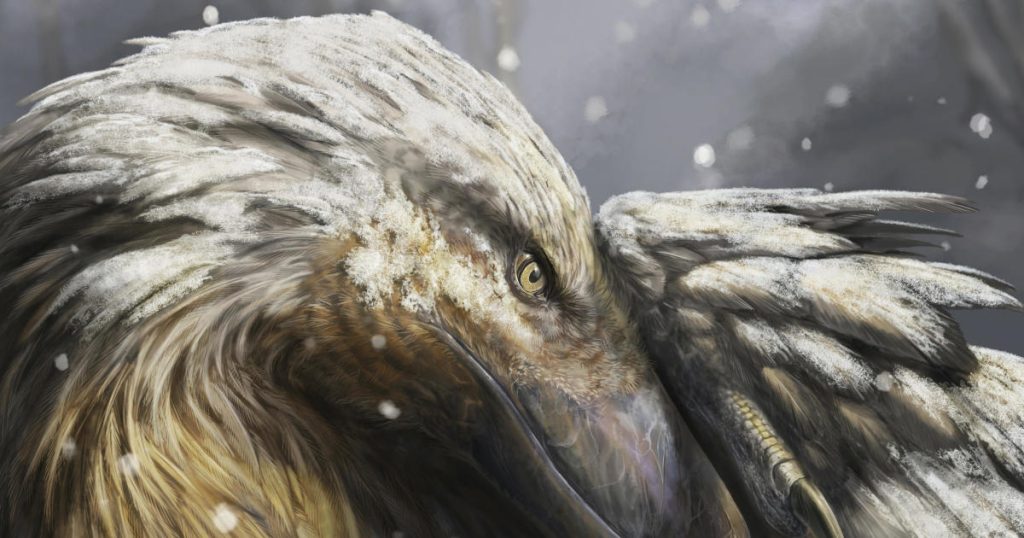New research suggests that the first warm-blooded dinosaurs may have appeared on Earth about 180 million years ago, halfway through their time on the planet. Warm-blooded creatures, such as birds and humans, maintain a constant body temperature regardless of the external environment. In contrast, cold-blooded animals, like reptiles, rely on outside sources to regulate their temperature. Understanding when dinosaurs evolved this stable internal thermometer could provide insights into their behavior, including their activity levels and social interactions.
To estimate the origin of the first warm-blooded dinosaurs, researchers studied over 1,000 fossils, climate models, and dinosaurs’ family trees. They found that two major groups of dinosaurs, which include famous species like Tyrannosaurus rex and velociraptors, migrated to colder regions during the Early Jurassic period, indicating they may have developed the ability to generate heat internally. Another group of dinosaurs, including brontosaurs, remained in warmer areas. These findings suggest that the ability to thrive in colder climates may have been a key factor in the evolution of warm-blooded dinosaurs.
Alfio Alessandro Chiarenza, a study author and postdoctoral fellow at University College London, emphasized the importance of an organism’s ability to survive in extreme environments as a factor in determining their internal temperature regulation. According to Chiarenza, if an organism can live in the Arctic or other cold regions, it likely has mechanisms for generating heat internally. The research, published in Current Biology, sheds light on the potential timeline for the evolution of warm-blooded dinosaurs and raises questions about the link between their physiology and behavior.
Jasmina Wiemann, a postdoctoral fellow at the Field Museum in Chicago, noted that a dinosaur’s geographical location is not the only indicator of its body temperature regulation. Her own research suggests that warm-blooded dinosaurs may have emerged closer to the beginning of their existence, around 250 million years ago. Wiemann proposes that a comprehensive examination of various aspects of dinosaurs’ lives, such as their diets and body temperatures, could offer a more complete understanding of the evolution of warm-bloodedness in these ancient creatures.
The study adds to a growing body of research that challenges previous assumptions about dinosaurs being sluggish and cold-blooded. By combining fossil evidence, climate data, and genetic information, scientists are able to piece together a more nuanced picture of dinosaur physiology and behavior. Understanding when and how dinosaurs evolved to be warm-blooded not only provides insight into their biology but also sheds light on the complex interactions between physiology, environment, and evolution in ancient ecosystems. The findings from this study have implications for our understanding of dinosaurs’ evolutionary history and their adaptations to different environmental conditions.
Overall, the research contributes to ongoing efforts to reconstruct the lives of dinosaurs and their physiological adaptations. By integrating multiple lines of evidence, scientists are able to refine their understanding of how dinosaurs lived and interacted with their environments. The emergence of warm-blooded dinosaurs approximately 180 million years ago represents a significant milestone in their evolutionary journey, highlighting the diverse ways in which these magnificent creatures adapted to a changing world over millions of years.


